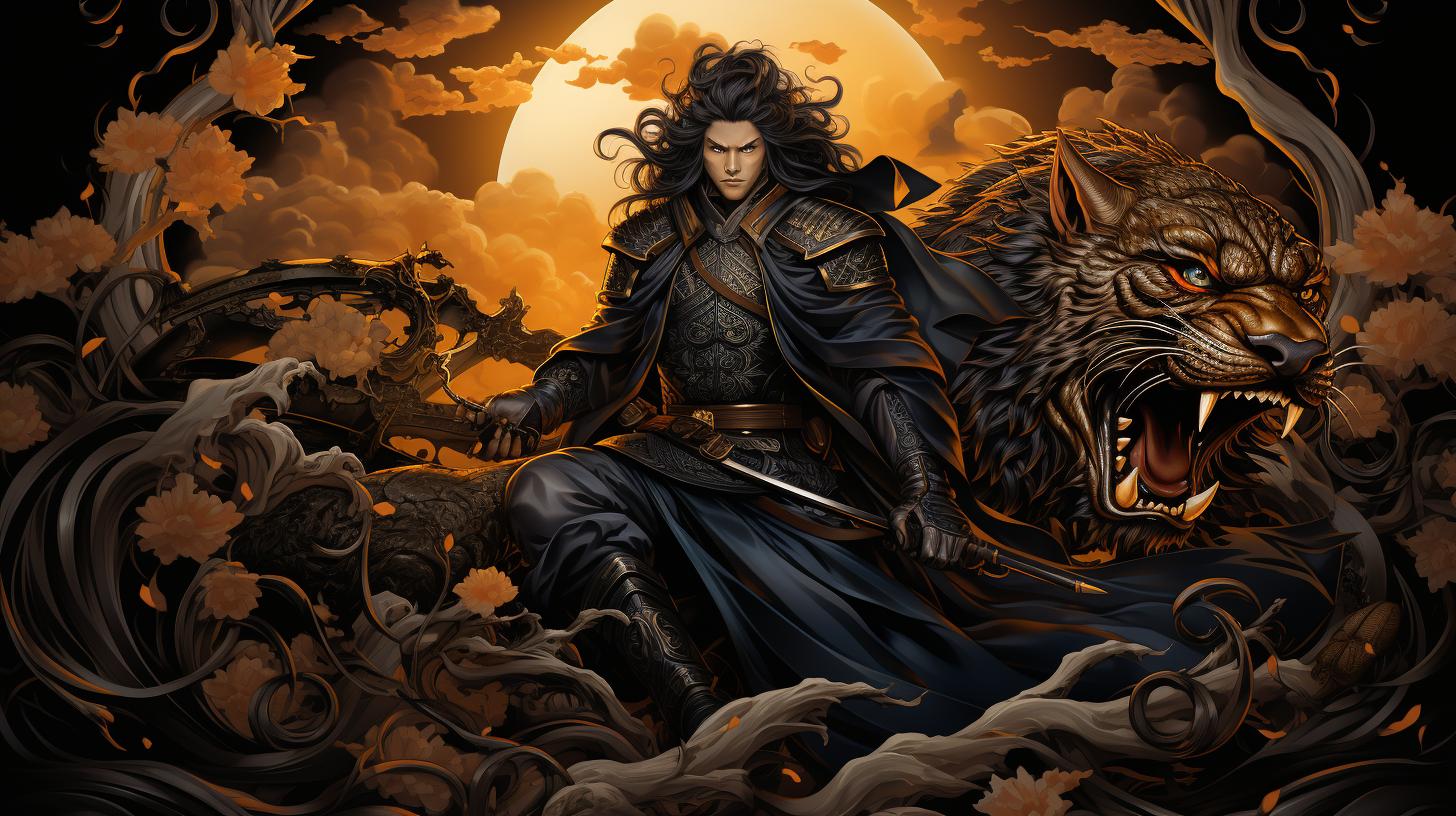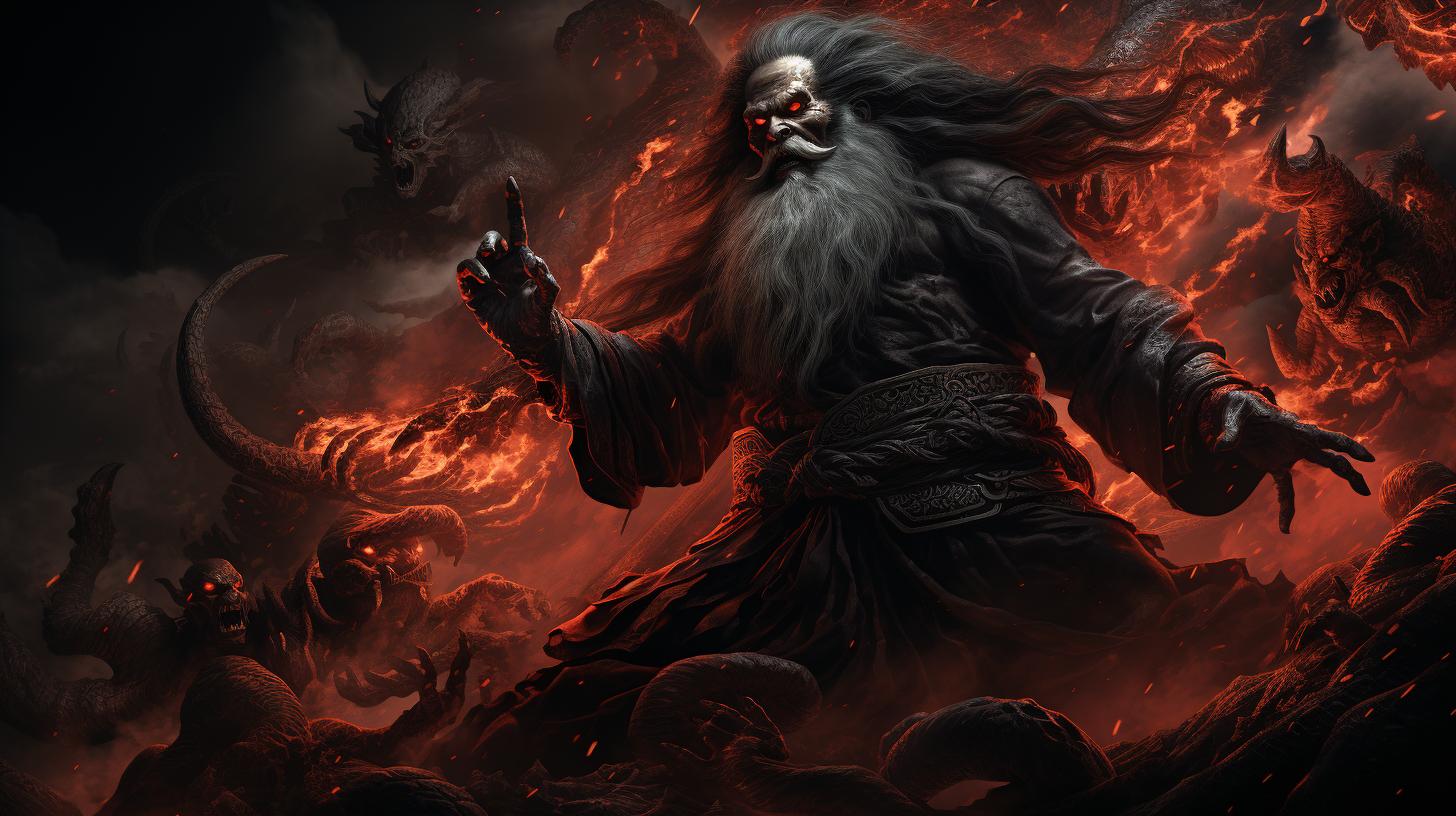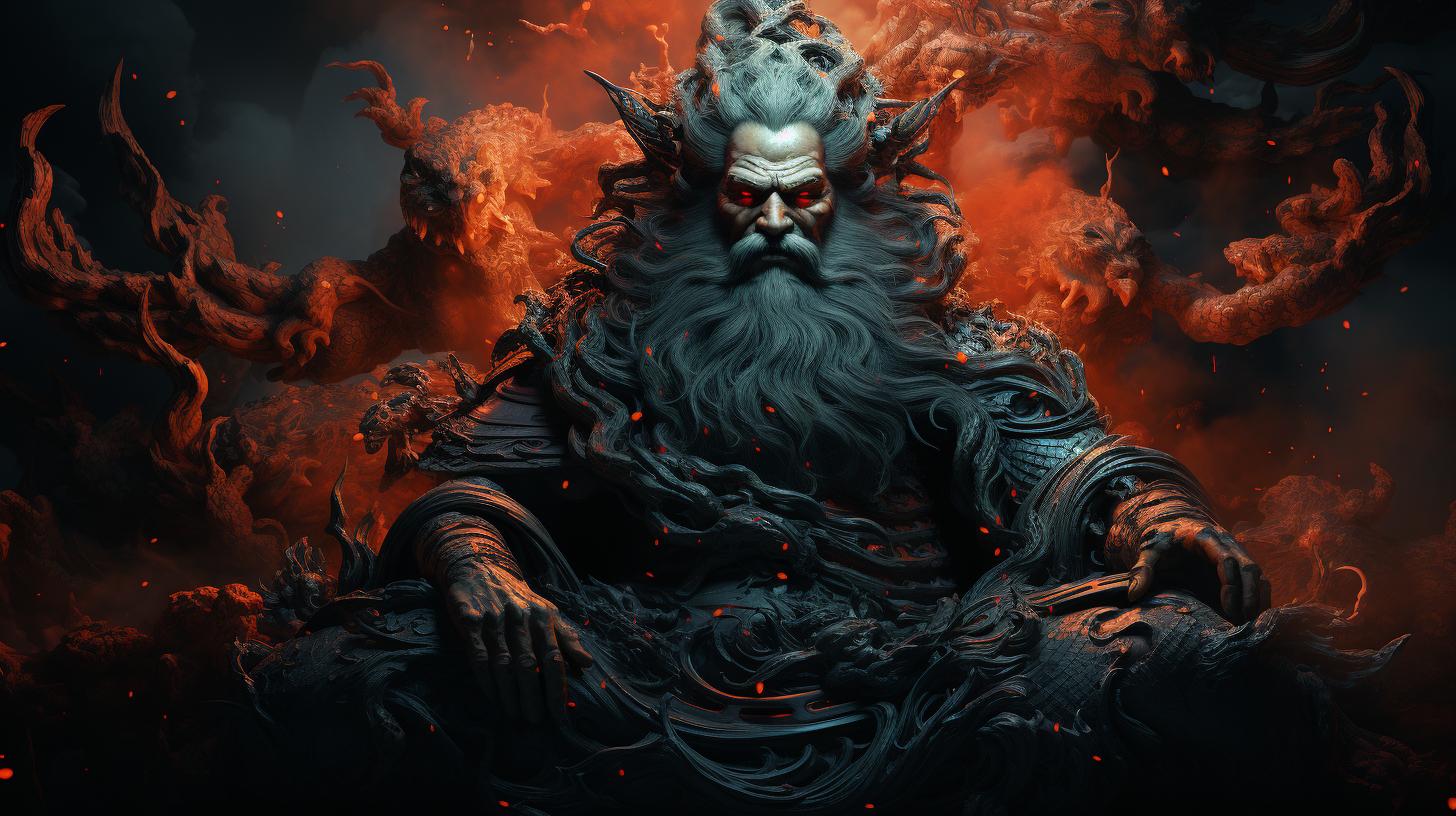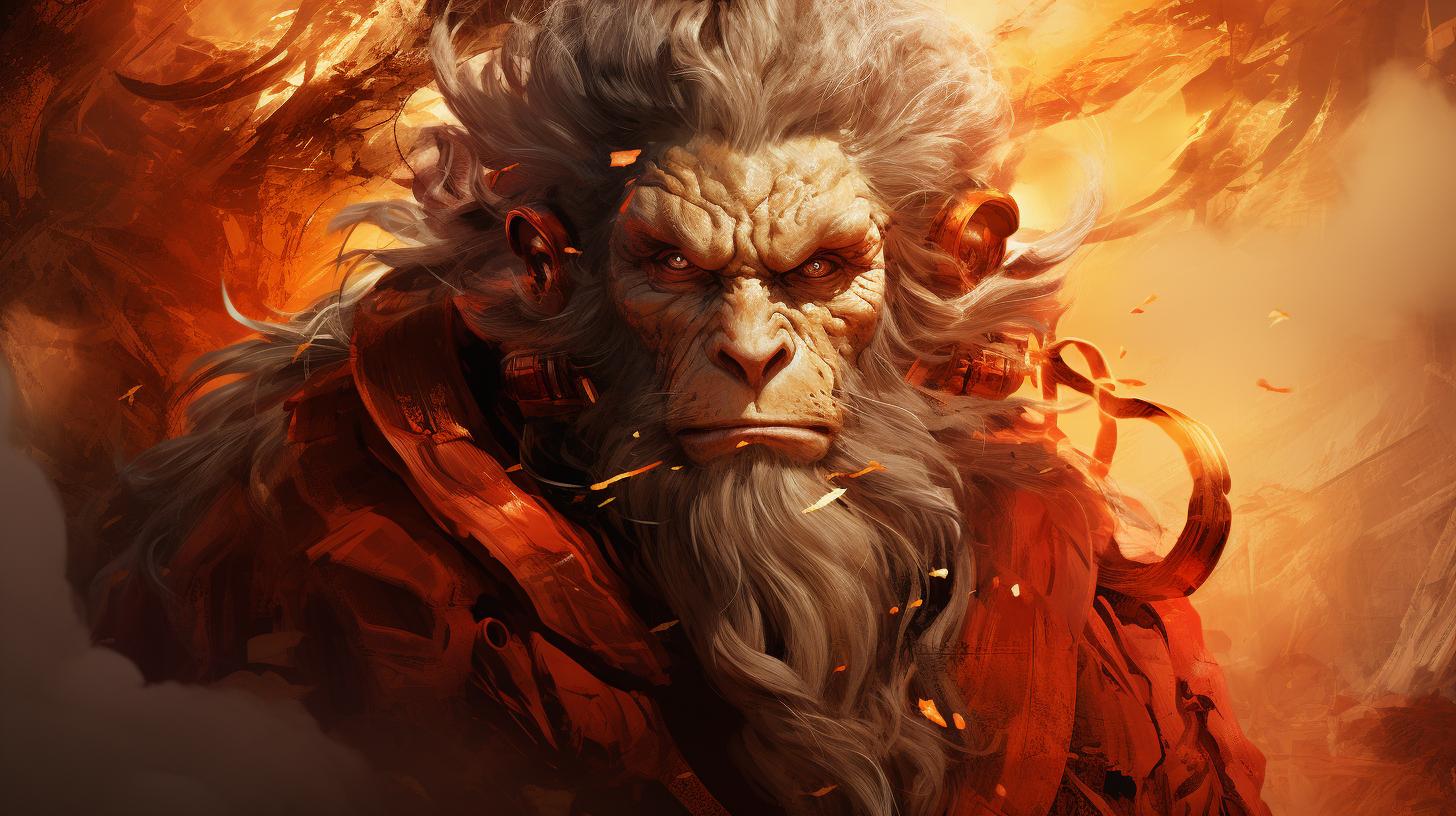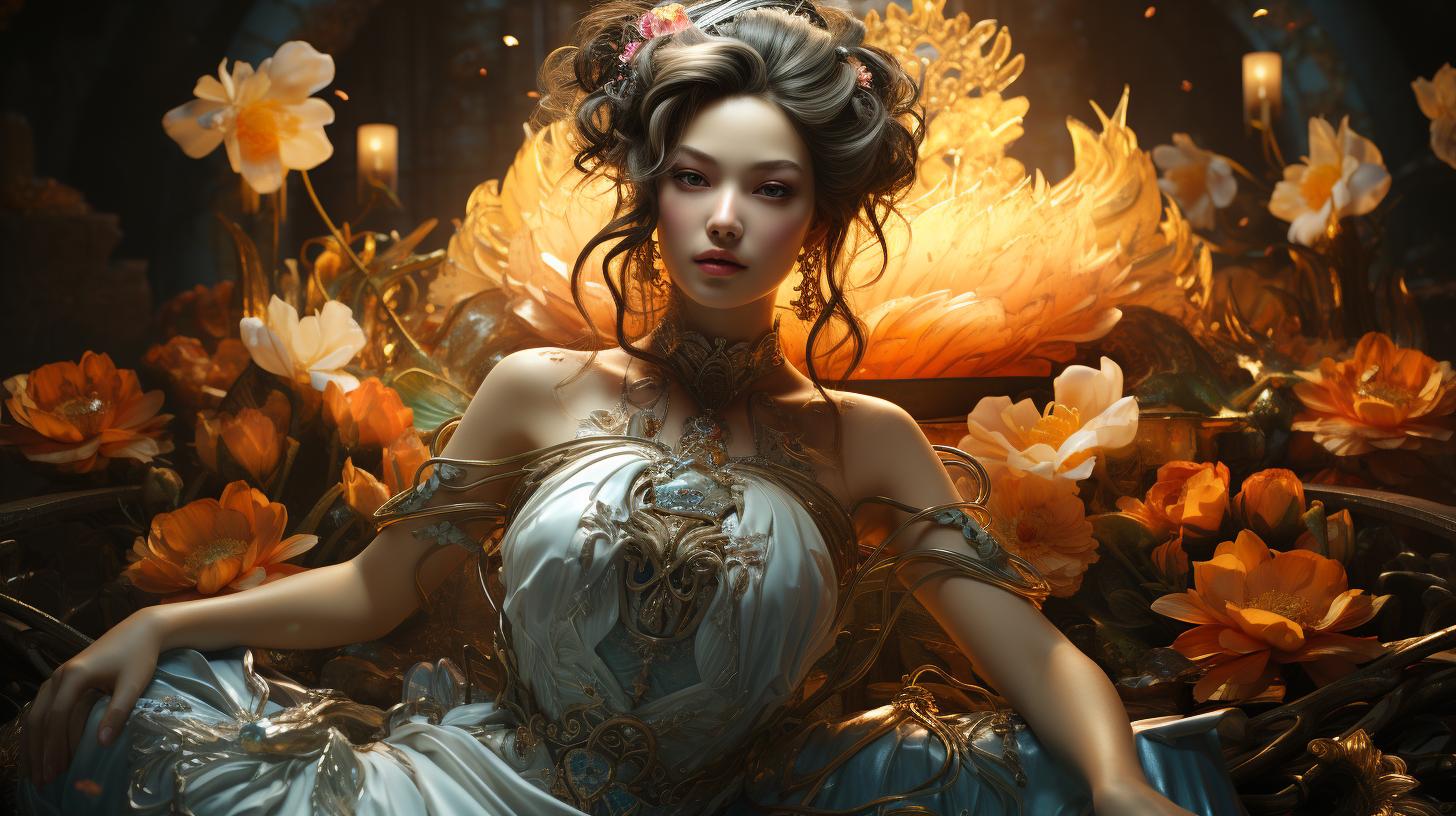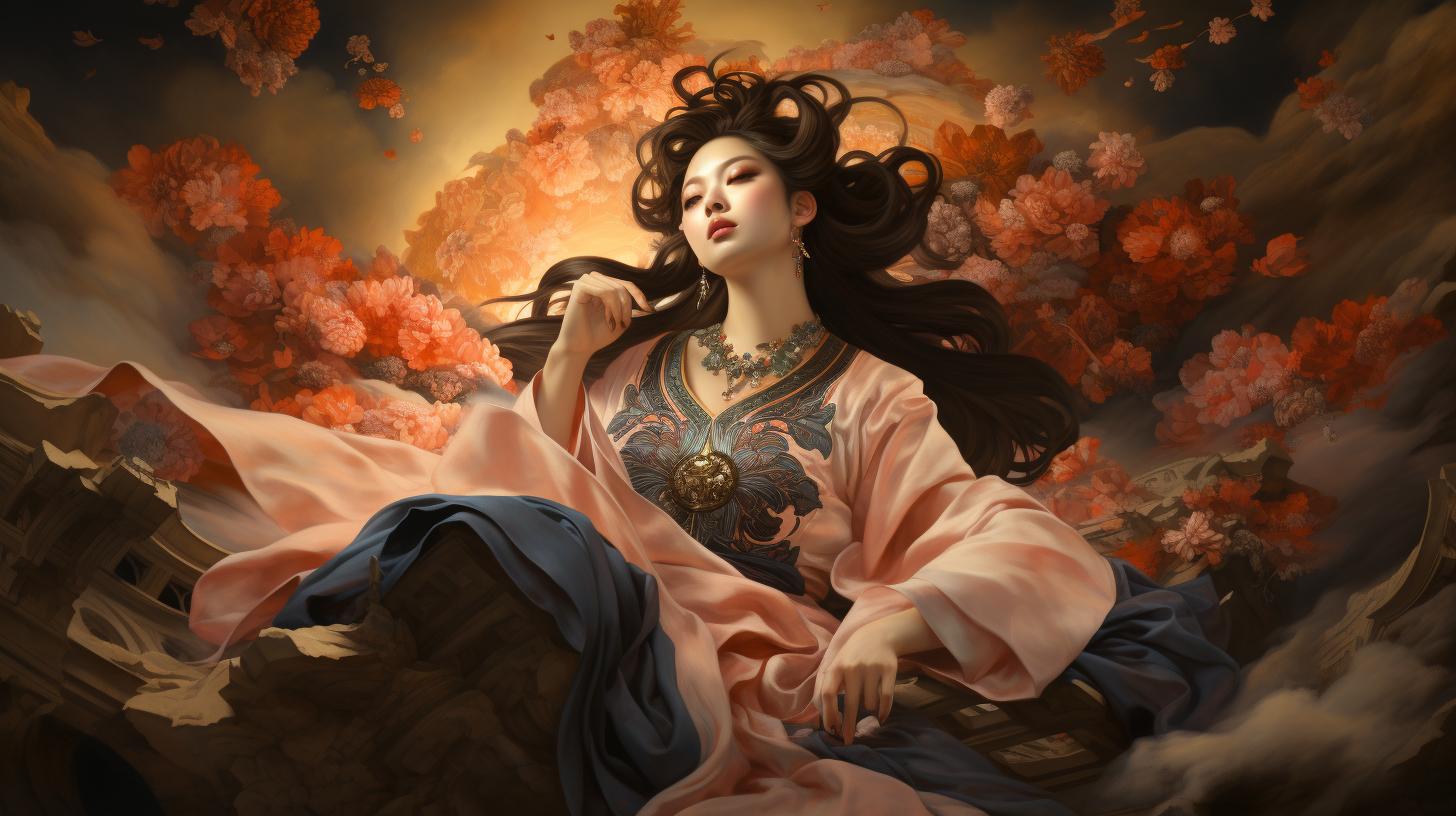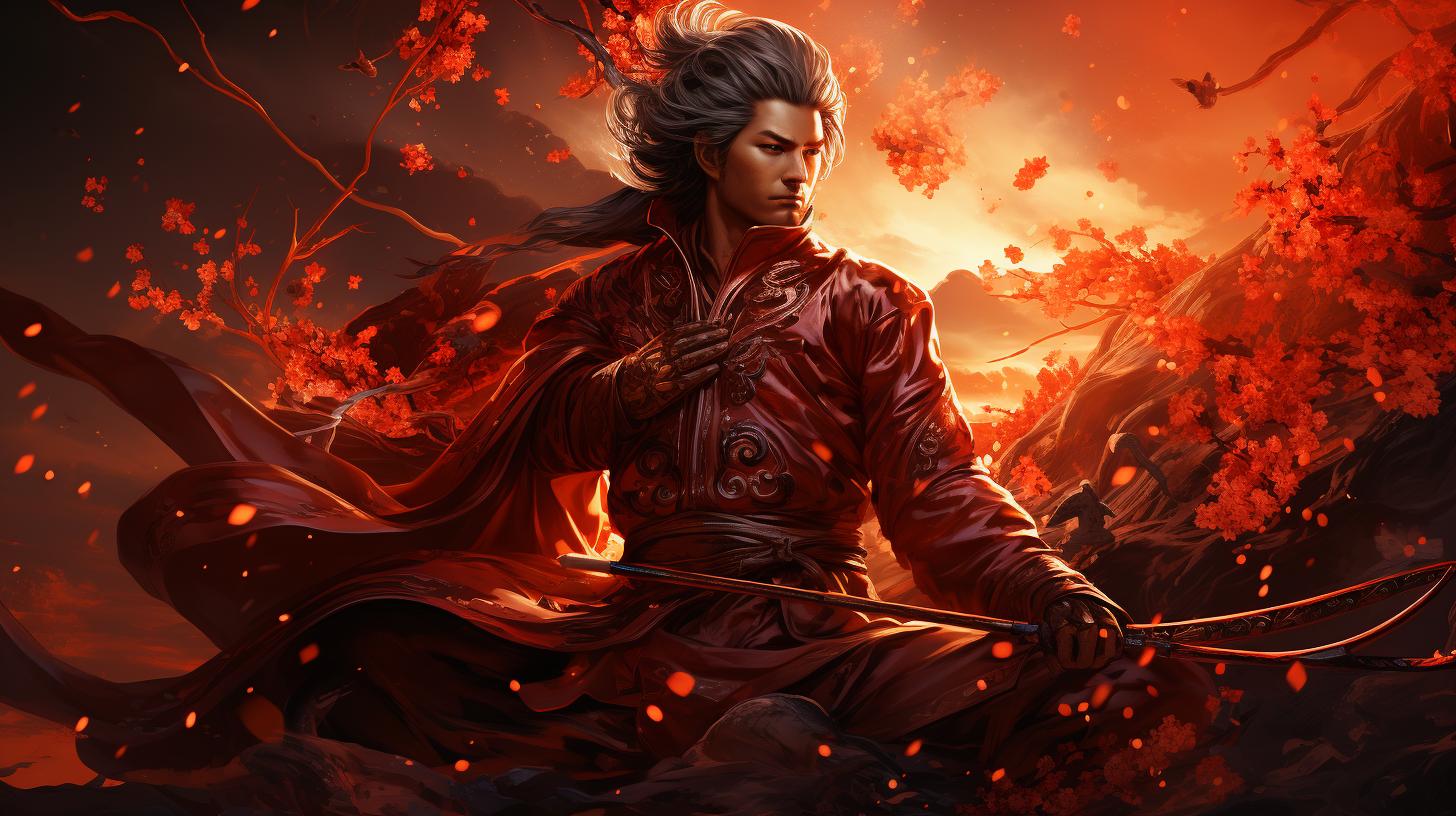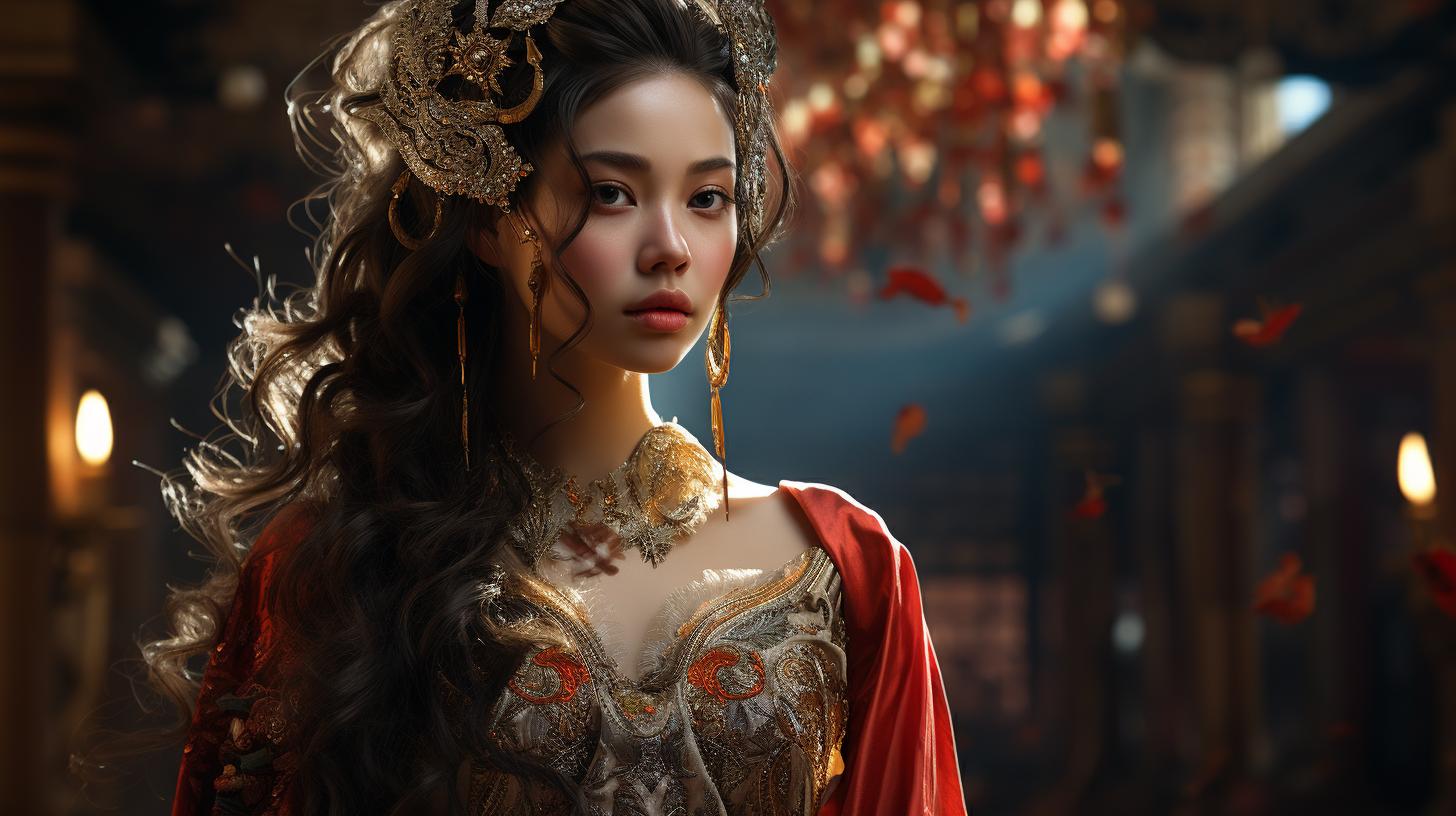Caishen: The God of Wealth in Chinese Culture
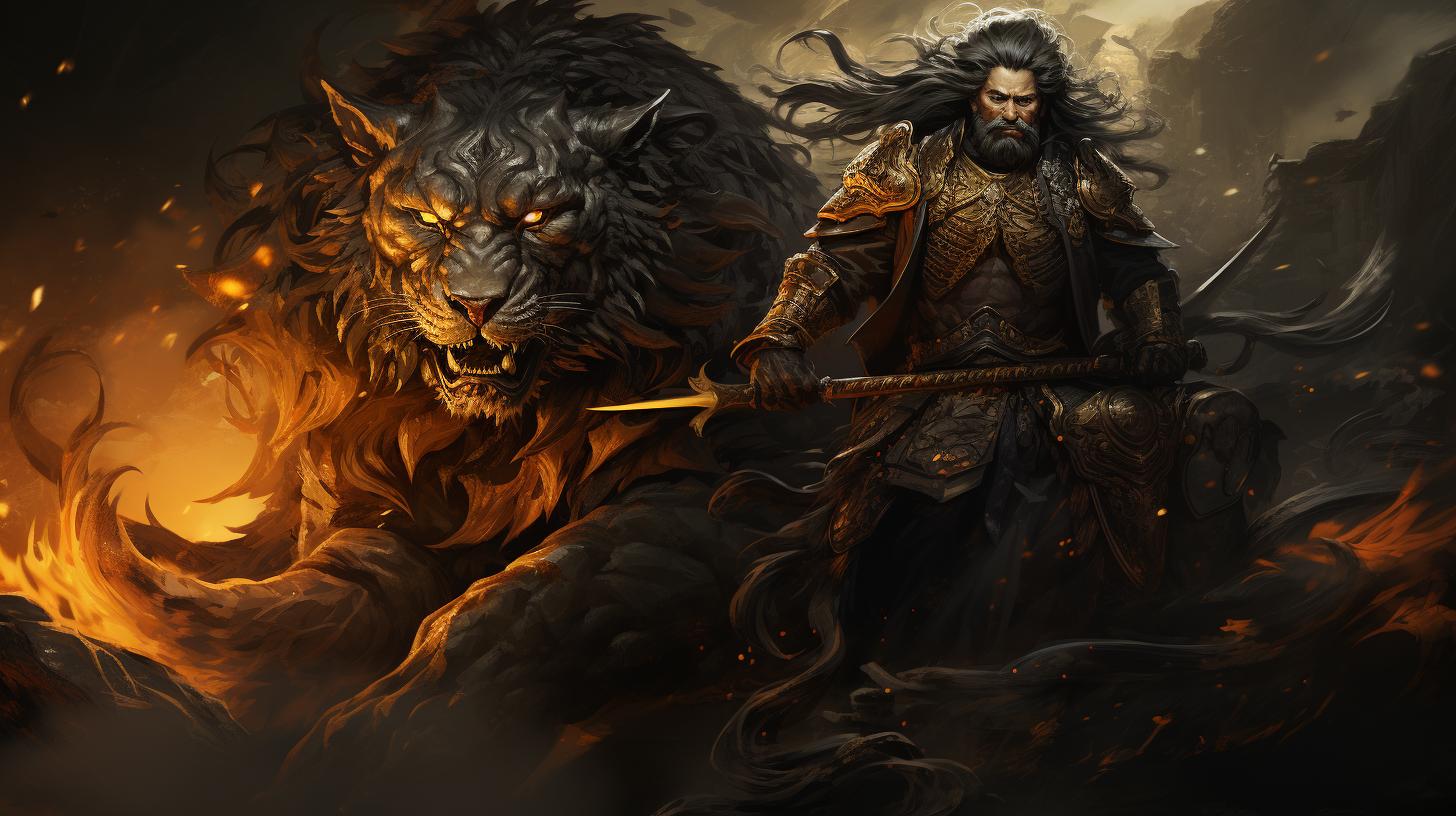
Caishen God of Wealth is a revered figure in Chinese culture, associated with prosperity and abundance. With various historical incarnations like Zhao Gongming, Fan Li, and Bi Gan, Caishen is worshipped in temples throughout China, particularly during Chinese New Year festivities.
Depicted riding a black tiger and holding a golden staff, Caishen is believed to possess the ability to transform stone and iron into gold. As China embraces economic growth, Caishen’s influence has experienced a resurgence, symbolizing fortune and success in the business world.
The God of Wealth: Exploring the Legend of Caishen
Caishen, also known as Ts’ai Shen, holds great significance in Chinese mythology as the God of Wealth. This revered deity is celebrated for bestowing prosperity and abundance upon his followers.
Let’s delve into the origins of Caishen in Chinese mythology, explore the different incarnations attributed to him, and examine the temples dedicated to his reverence in Chinese culture.
The Origins of Caishen in Chinese Mythology
In Chinese mythology, the origins of Caishen as the God of Wealth can be traced back numerous centuries. He is believed to have originated from ancient folk beliefs and later became prominent in the religion of Taoism.
Caishen’s association with fortune and riches made him a central figure in Chinese culture, as he represented the hopes and aspirations for prosperity.
Caishen’s Incarnations: Zhao Gongming, Fan Li, and Bi Gan
Caishen is often depicted in various incarnations representing different qualities and attributes. Three well-known incarnations of Caishen are Zhao Gongming, Fan Li, and Bi Gan. Zhao Gongming, also known as Marshal Zhao, embodies the power and influence of wealth.
Fan Li, a historical figure, is revered for his immense wealth and business acumen. Bi Gan is renowned for his loyalty and dedication to preserving wealth. These incarnations enrich the legend of Caishen and contribute to the belief in his divine blessings.
Caishen’s Temples and Reverence in Chinese Culture
One such temple stands in Zhouzhi, Xi’an, Shaanxi, serving as a testament to his widespread devotion.
During the auspicious occasion of Chinese New Year, Caishen is particularly venerated as prayers are offered and incense is burned in his temples. This annual ritual symbolizes the hopes for financial prosperity and abundance in the coming year, making Caishen an integral part of Chinese cultural traditions.
Symbolism and Iconography of Caishen
The symbolism and iconography surrounding Caishen, the God of Wealth in Chinese culture, provide fascinating insights into the beliefs and customs associated with this deity. This section explores the various aspects related to Caishen’s symbolism and the visual representations that depict his divine attributes.
Depictions of Caishen: Riding a Black Tiger and Carrying a Golden Staff
Caishen is often depicted in art and sculptures riding a powerful black tiger, symbolizing his dominion over wealth and prosperity. This imagery represents his ability to navigate through any challenges and protect his followers’ economic well-being.
Additionally, Caishen is commonly portrayed carrying a golden staff, which signifies his authority and control over wealth. The golden staff serves as a symbol of his ability to bestow financial blessings upon his devotees.
Caishen’s Tool of Transformation: Turning Stone and Iron into Gold
Another noteworthy aspect of Caishen’s iconography is his possession of a mythical tool capable of transforming stone and iron into gold. This signifies the power of wealth creation and the potential for prosperity in every aspect of life.
The legend highlights Caishen’s divine ability to bring abundance and transform ordinary materials into valuable assets, symbolizing the belief that he can change fortunes and bring about financial success.
Caishen’s Role in Chinese New Year Celebrations
Caishen holds a significant place in Chinese New Year celebrations, known as the most important traditional holiday in Chinese culture. During this festive time, people invoke Caishen’s blessings and burn incense in his temples, seeking his favor for a prosperous year ahead.
Caishen’s symbolism and iconography are rich with cultural significance, representing the aspirations for wealth, prosperity, and success in Chinese society. His depictions riding a black tiger and wielding a golden staff highlight his authority and ability to bestow financial blessings upon his worshippers.
Additionally, the legend of his tool of transformation emphasizes his divine power to create wealth and turn ordinary materials into valuable assets. As a central figure in Chinese New Year celebrations, Caishen is revered as a bringer of fortune and abundance in the year to come.
Beliefs and Practices Associated with Caishen
Beliefs and practices surrounding Caishen, the God of Wealth, play a significant role in Chinese culture. Caishen is revered and worshipped for his association with wealth and prosperity. People turn to Caishen with the hope of receiving his blessings and assistance in their financial endeavors.
Let’s delve into the various aspects of these beliefs and practices.
Worshipping Caishen for Wealth and Prosperity
Caishen is worshipped throughout the country, as his vast wealth is believed to be distributed among his followers. Many Chinese people offer prayers and make offerings to Caishen, seeking his favor and blessings for financial success.
Temples dedicated to Caishen are popular destinations for individuals to express their devotion and seek his assistance.
Different Incarnations of Caishen for Specific Requests
Caishen is considered to have different incarnations associated with specific aspects of life or specific requests. For instance, Cáo Bǎo is regarded as the incarnation of the West, while Zhào Gōngmíng is considered the incarnation of the Center.
People choose the relevant incarnation of Caishen depending on their specific needs or desires. These incarnations have become semi-mythical deities, with rich legends surrounding their stories.
The Resurgence of Caishen’s Influence in Modern China
During the Maoist era, Caishen’s temples and statues were destroyed, and his influence was greatly diminished. However, with the reform and opening up of China in 1979, there has been a resurgence in Caishen’s prominence.
As China’s economy has rapidly developed, many now associate Caishen with wealth and economic growth. Statues of Caishen can be found across the country, from the revered sanctuaries on Mount Tai to models displayed in restaurants and hotels.
Chinese people have faith in Caishen’s luck and hope for his assistance in the business world…..

